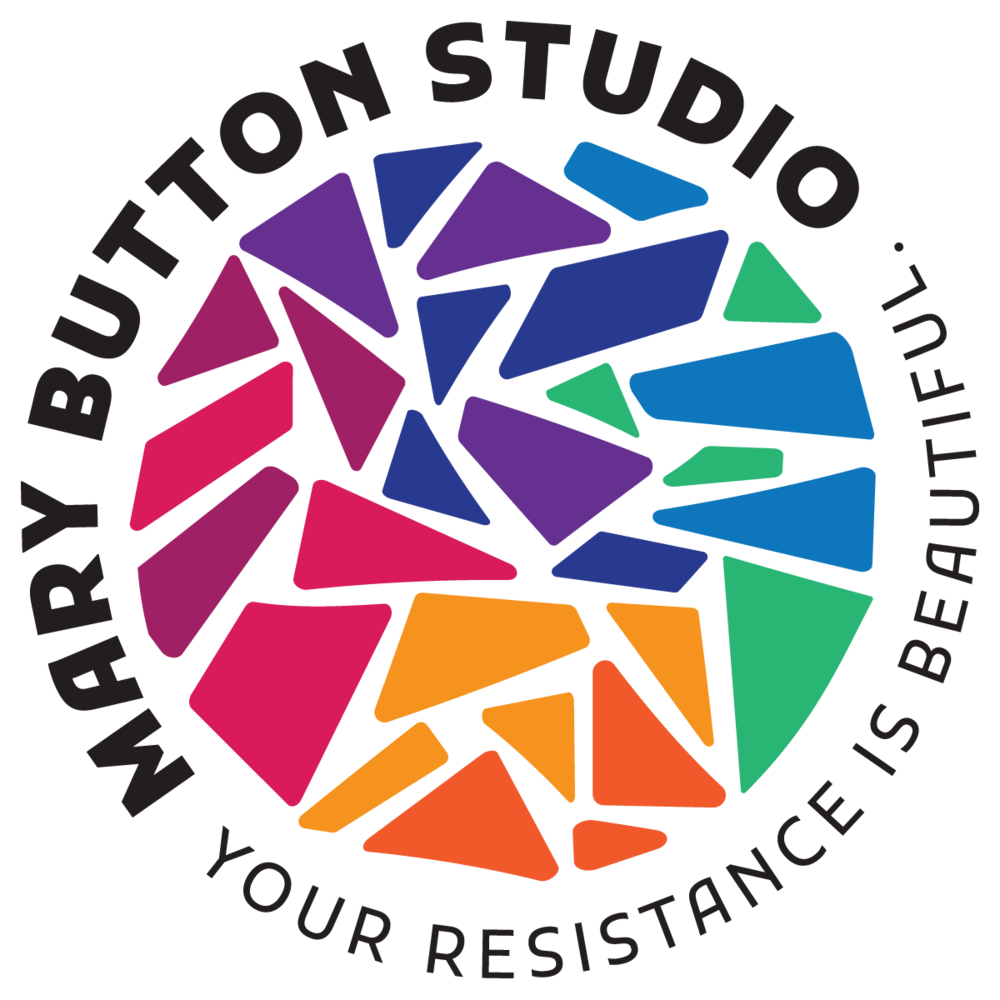Day 19
It was during the creation of the mass incarceration series that I first began to think of these series as being in conversation with each other. The projects that preceded it, responded to particular events - the 2010 earthquake in Haiti, the beginning of the Syrian uprising, the hearings on the constitutionality of DOMA and Prop 8. The mass incarceration series was the first that was directly inspired by my experiences teaching in the American prison system. It was also an opportunity to reflect on the beginning of my life as an activist. As a young person growing up in Texas and developing a moral compass of my own, the death penalty was the first ethical issue that I remember really engaging with intellectually. Texas led and still leads the country in the number of executions since the death penalty was reinstated in 1976. By the time I was in high school, I was adamantly against the death penalty.
When I was a sophomore in high school a shocking tragedy unfolded over the week of Thanksgiving. A fellow student, a young man on the football team and in my trigonometry class, was involved in an armed robbery in which a police officer was shot though not fatally. The young man simply never came back from our fall break. It was much talked about among students, but not at all acknowledged by any of the adults at the high school. The one conversation with an adult about the shocking crime that I remember was with my Dad. I had overheard people around town saying that they wished that the death penalty was an option in the case. And so I asked my Dad, “Can you get the death penalty even when you didn’t kill anyone?”
Without looking at me, he replied simply, “Yes, it’s called life in prison without the possibility of parole.” Which is, of course, what happened to the young man who once sat next to me in Mrs. Prather’s class and now sits in prison as he will for the rest of his life.
Crucifixion
In spite of Supreme Court rulings in 2010 and 2012 accepting the argument that children, even those who are convicted of murder, are less culpable than adults and usually deserve a chance at redemption, there are more than 2,000 inmates serving life sentences without the possibility of parole who were sentenced when under the age of 18.
These drawings are of youth who were sentenced to life in prison without parole. Each drawing is based on a photo that was taken within one year of the time of their crime.
The last stations in the mass incarceration series came out of both my teaching experiences as well as the formative years that I spent in Texas, trying to create my own moral code.
Jesus is removed from the cross
The Department of Justice Office of Inspector General found that 13% of terminally ill inmates whose compassionate release was approved by the warden died before the Bureau of Prisons made final decisions. (The images in this station are based on scenes from a prison hospice.)
Jesus is laid in the tomb
Since 1971, the War on Drugs has cost over $1 trillion dollars and resulted in 45 million arrests.
While the US is home to only 5% of the world's population, it is home to 25% of the world's prison population.
According to an ACLU study, there are more than 3,200 people serving life sentences without the possibility of parole for non-violent offenses. 80% of these inmates are in prison for drug-related offenses. Of these inmates serving life sentences without parole, 65% are African American, 18% are white, and 16% Latino.
The per capita number of life without parole sentences in the US is 51 times that of Australia and 173 times that of the United Kingdom.
The personal engagement I did with this series set the stage for the series that follows: Stations of the Cross Mental Illness.



